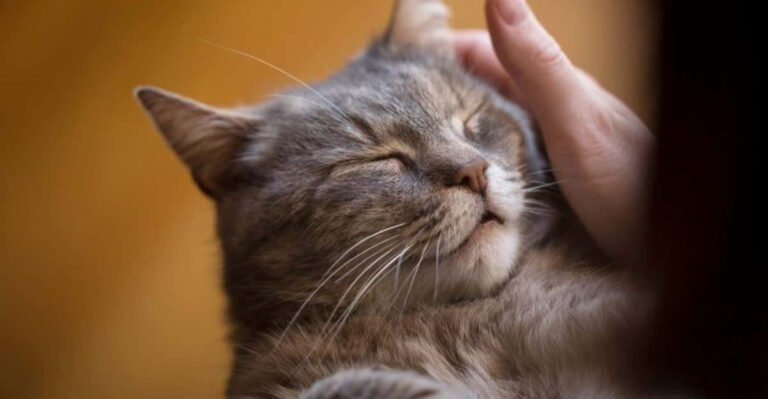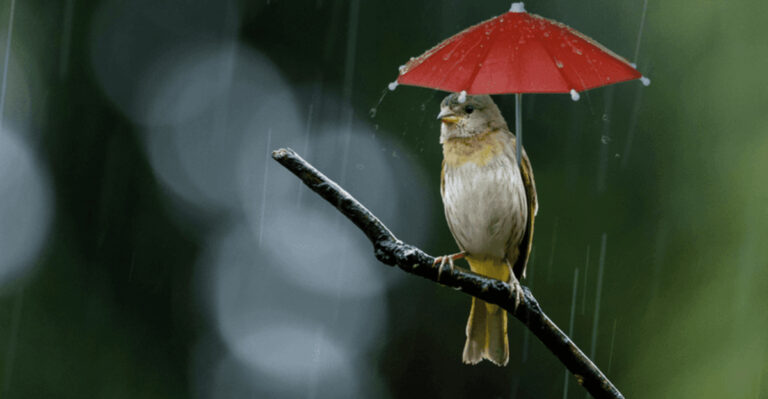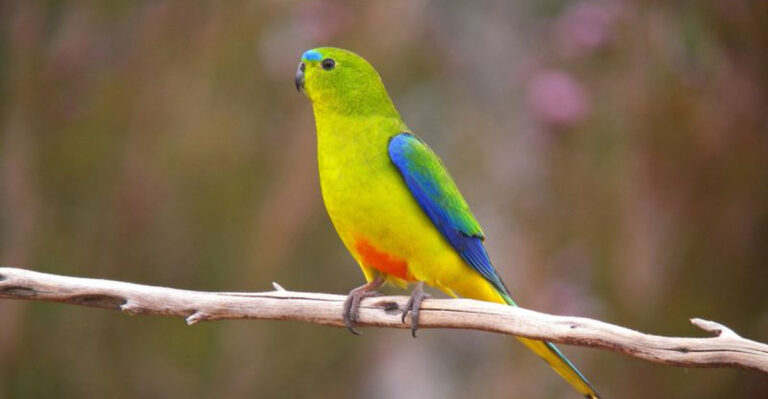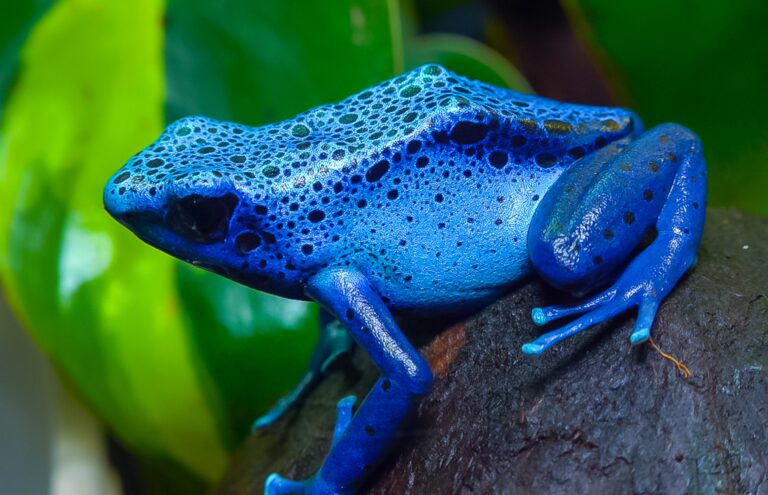6 Big Cats Back In the Wild (And 10 Smart Strategies That Saved Them)
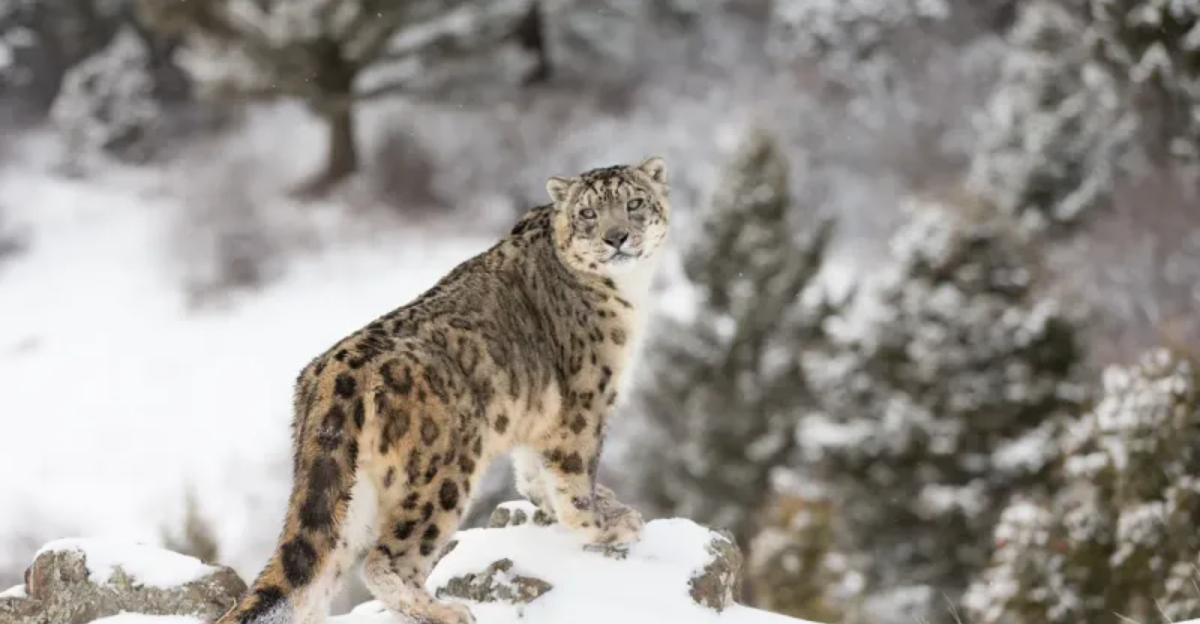
When our planet’s mightiest felines face extinction, it takes more than just hope to bring them back. Around the world, dedicated conservation teams have pulled several big cat species back from the brink using clever, science-based approaches.
Their success stories show us that with the right strategies and enough determination, even the most endangered cats can roar again.
1. Roaring Again: The Asiatic Lion’s Comeback

Once down to just 20 animals, these majestic beasts now number over 600 in India’s Gir Forest. Their comeback story reads like a wildlife fairy tale with a happy ending.
Local communities transformed from hunters to protectors, creating a human shield around the last lions. Their recovery proves that even the most desperate conservation situations can be reversed with enough dedication.
2. Shadow Cats Return: Snow Leopards Bounce Back
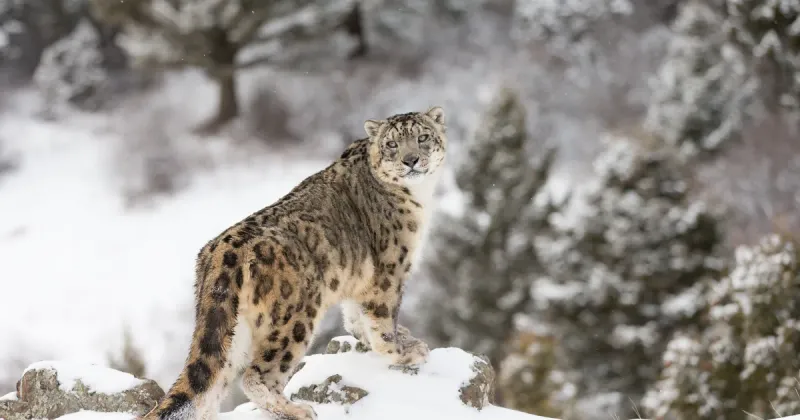
Ghost-like and elusive, these high-altitude hunters were vanishing faster than researchers could count them. Camera trap technology finally revealed their true numbers and habits.
Across the Himalayas, former poachers now work as guardians, earning more protecting cats than hunting them. Their population stabilization marks a victory for one of nature’s most mysterious predators.
3. Florida’s Fanged Favorite: Panther Population Grows
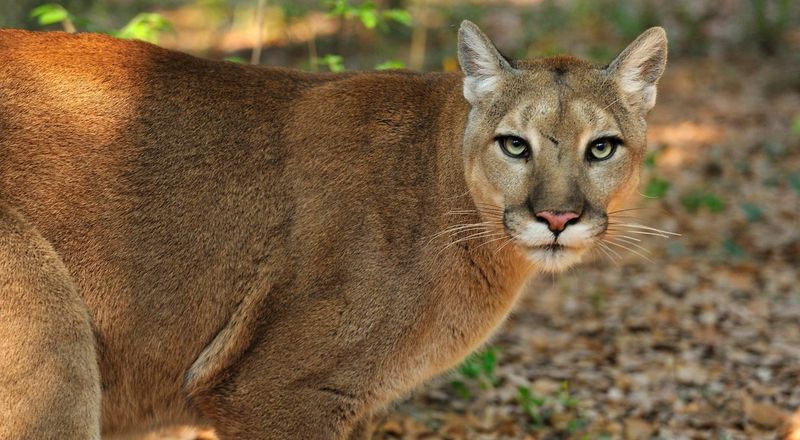
Down to a mere 20 cats in the 1970s, Florida’s state animal was circling the drain. Genetic rescue through introducing Texas cougars breathed new life into the inbred population.
Wildlife crossings under highways dramatically reduced roadkill deaths. Today, approximately 200 panthers prowl the Everglades and surrounding areas, showing that creative solutions can save even the most imperiled populations.
4. Iberian Lynx: Europe’s Most Endangered Cat Rebounds
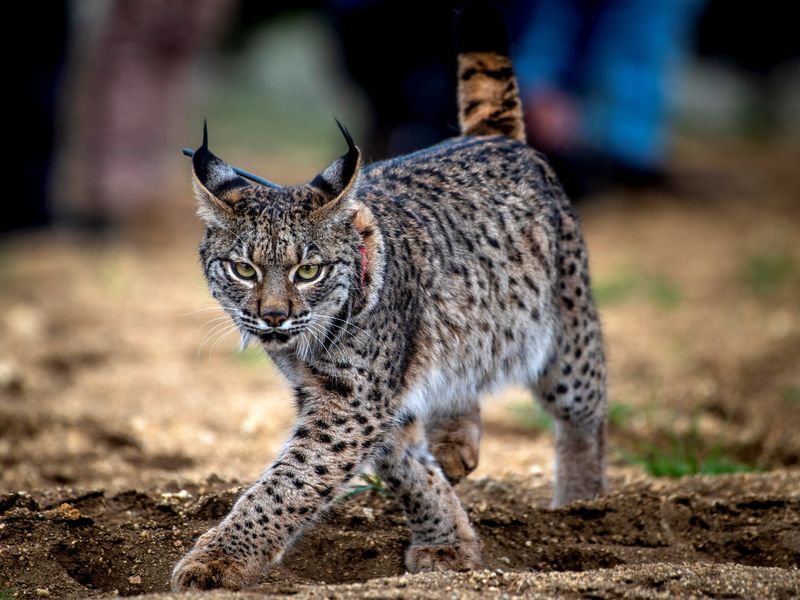
With distinctive tufted ears and spotted coats, these Spanish felines nearly disappeared entirely. Their population crashed to fewer than 100 individuals in 2002, mainly due to rabbit decline – their primary prey.
Captive breeding programs and rabbit restoration efforts turned the tide. Now with over 1,000 lynx roaming the Iberian Peninsula, their recovery represents the most successful big cat conservation story in Europe.
5. Tiger Triumph: Nepal Doubles Its Striped Residents

Against all odds, Nepal achieved the impossible – doubling its wild tiger population years ahead of global conservation targets. Community-based anti-poaching patrols created a safe haven in previously dangerous territory.
Forest corridor restoration reconnected isolated habitats, allowing tigers to move and breed freely. This remarkable success shows how political commitment paired with local involvement can create conservation miracles.
6. Jaguars Reclaim Their Kingdom In Brazil’s Pantanal
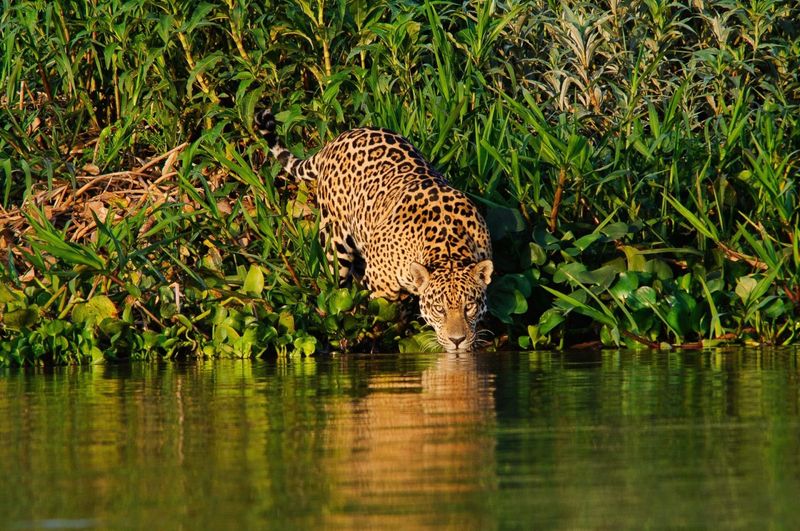
South America’s spotted sovereigns faced a grim future as ranchers eliminated them to protect livestock. Innovative compensation programs now pay farmers when jaguars pass through their land rather than when they kill them.
Ecotourism transformed the economic equation, making living jaguars more valuable than dead ones. Their stable population in the world’s largest tropical wetland showcases how conservation can align with human interests.
7. Strategic Sanctuaries: Creating Protected Havens
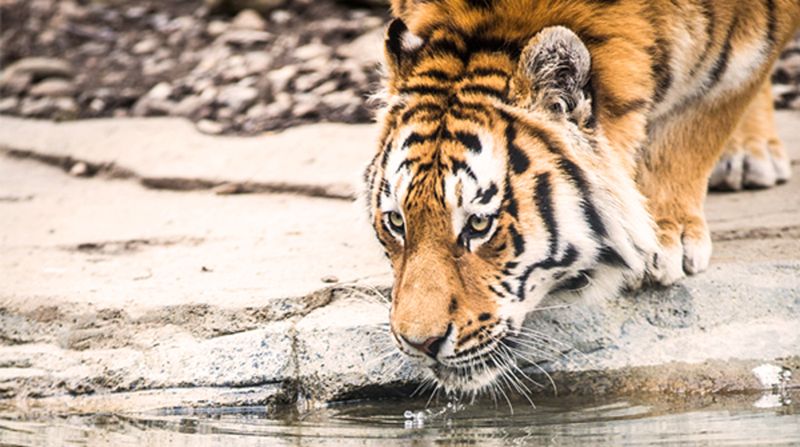
The formula seems simple: cats need space to hunt, mate, and raise cubs away from human threats. Establishing interconnected protected areas gives them room to thrive.
Countries like India and Russia have expanded their park systems specifically for big cats. These sanctuaries create safe zones where natural behaviors can resume and populations recover without constant human pressure.
8. Corridor Connections: Linking Isolated Populations

Imagine being trapped on a habitat island, unable to find mates beyond your family. That’s the reality for many cat populations stranded by development.
Wildlife corridors – protected pathways connecting isolated habitats – allow cats to travel, disperse, and maintain genetic diversity. These green highways prevent inbreeding and help populations bounce back through natural migration and gene flow.
9. Community Guardians: Local People As Protectors

When villagers become guardians instead of enemies, conservation magic happens. Programs employing local residents as rangers create jobs while reducing poaching.
Communities receiving tourism benefits have strong incentives to protect cats. This approach transforms the conservation equation by making big cats more valuable alive than dead, creating win-win situations for humans and felines.
10. Conflict Solutions: Helping Humans And Cats Coexist
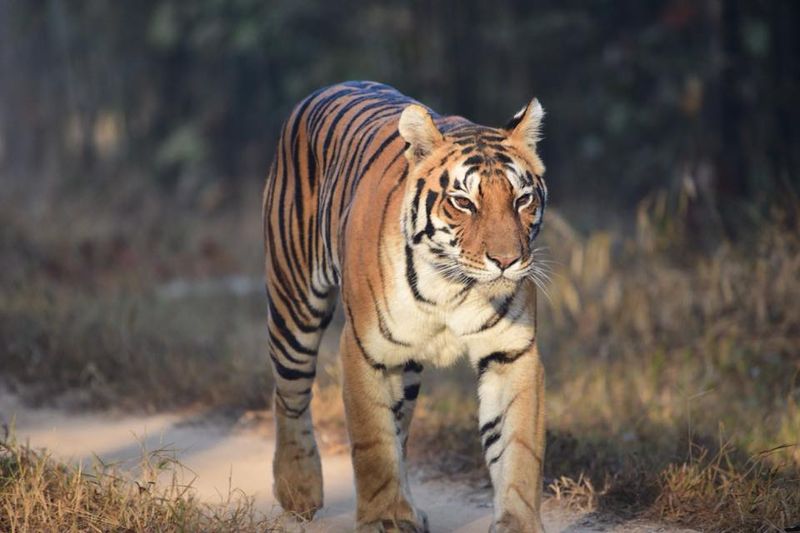
When a lion kills livestock, farmers often retaliate – a lose-lose scenario. Innovative solutions like predator-proof corrals keep cattle safe overnight when most attacks occur.
Compensation programs reimburse farmers for verified losses, reducing the economic burden. These practical approaches address the root causes of conflict, allowing both humans and cats to share landscapes without deadly confrontations.
11. Tracking Technology: Following Felines For Protection
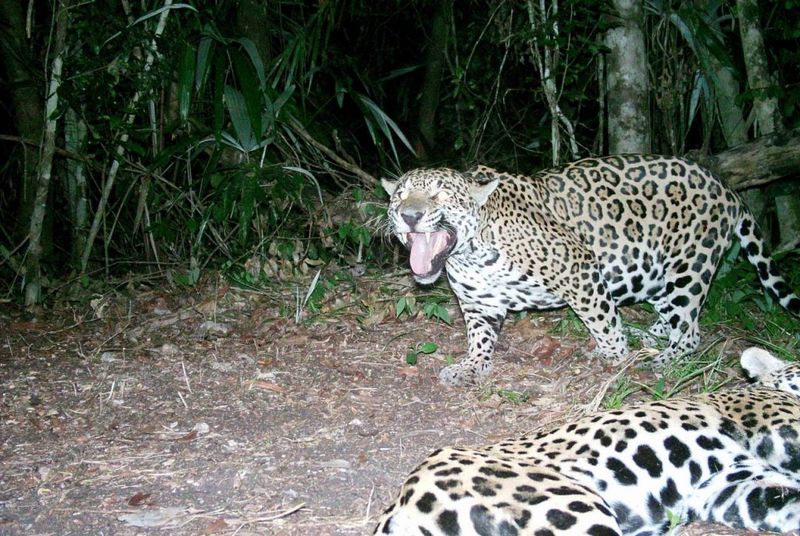
You can’t protect what you can’t see. GPS collars reveal the secret lives of elusive cats, showing where they travel, hunt, and raise young.
Camera traps capture images without human presence, providing population counts and behavior insights. This technology revolution gives researchers unprecedented windows into big cat lives, helping them design more effective protection strategies.
12. Genetic Rescue: Bringing Fresh DNA To Save Species
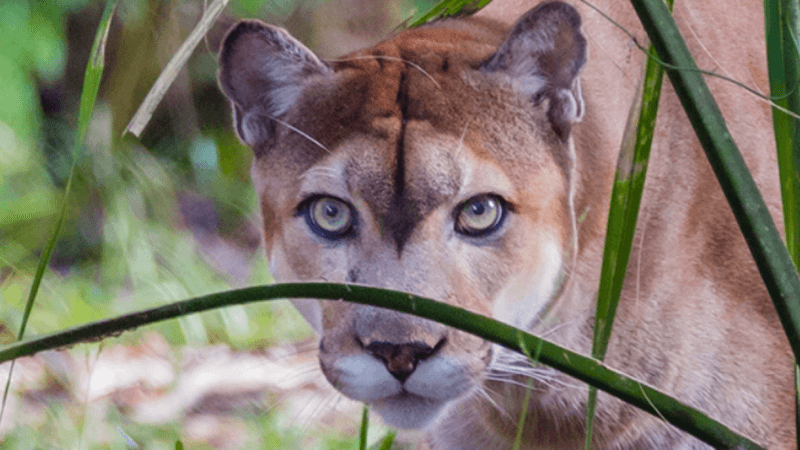
Like a transfusion for dying populations, genetic rescue introduces new breeding animals to revitalize inbred groups. Florida panthers received a lifesaving boost when Texas cougars were brought in as mates.
The resulting offspring showed improved health and survival rates. This genetic intervention, while controversial, has proven essential for saving isolated populations facing extinction due to inbreeding depression.
13. Captive Breeding: Insurance Populations For Reintroduction
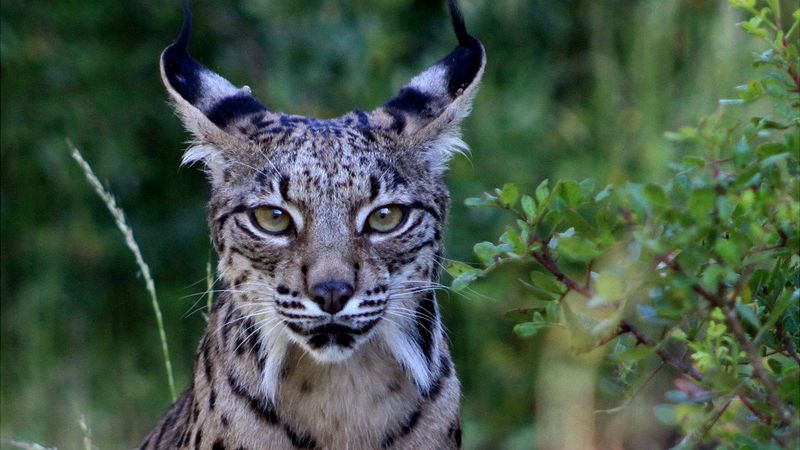
Think of them as living arks – carefully managed breeding centers that maintain genetic diversity when wild populations crash. The Iberian lynx was saved by such programs.
Modern facilities focus on maintaining wild behaviors, preparing cats for eventual release. These breeding programs serve as both insurance policies against extinction and sources for reintroduction when threats are controlled.
14. Prey Restoration: Rebuilding The Food Web
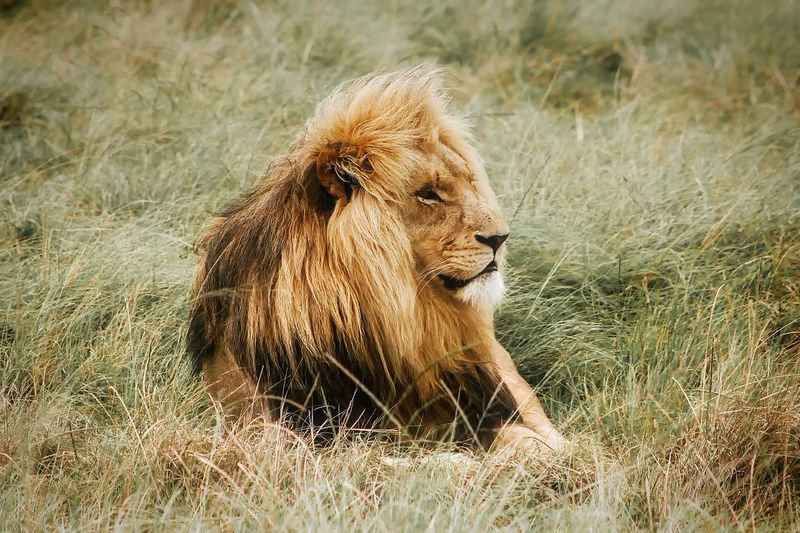
Hungry cats can’t recover without full pantries. Many conservation programs now focus on restoring natural prey species like deer, wild pigs, and rabbits.
When prey animals flourish, cats naturally follow. This ecosystem approach recognizes that predators are only as healthy as their food sources, addressing the foundation of the ecological pyramid rather than just its apex.
15. Anti-Poaching Innovations: High-Tech Protection

Military-grade technology has become a crucial tool for modern rangers fighting poaching. Thermal drones reveal nighttime intruders, while AI analyzes past incidents to predict future hotspots.
Rapid response is possible through real-time monitoring, keeping rangers a step ahead. By creating virtual shields around vulnerable cat populations, technology levels the playing field.
16. Market Reduction: Cutting Demand For Cat Products
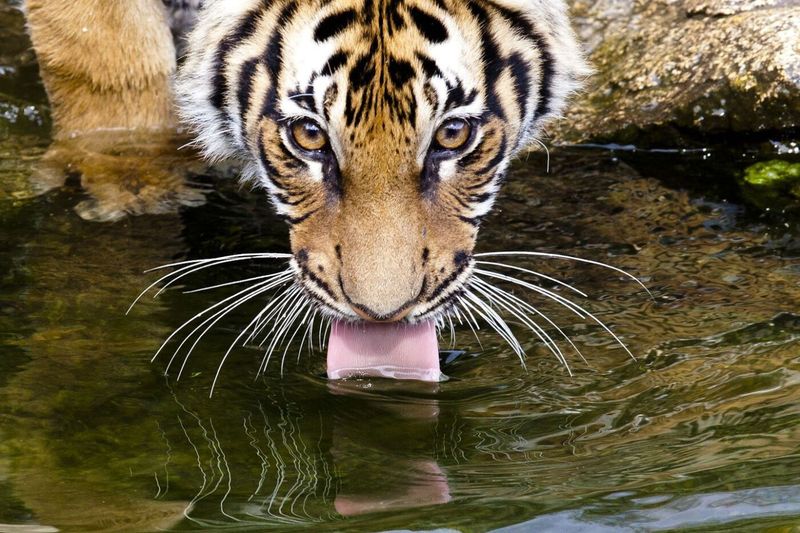
Behind every poached cat stands a buyer willing to pay. Public awareness campaigns in consumer countries have dramatically reduced demand for big cat parts.
Celebrity endorsements make conservation cool, while legal enforcement targets sellers. These efforts strike at the economic root of poaching by making big cat products socially unacceptable and legally dangerous to possess.


